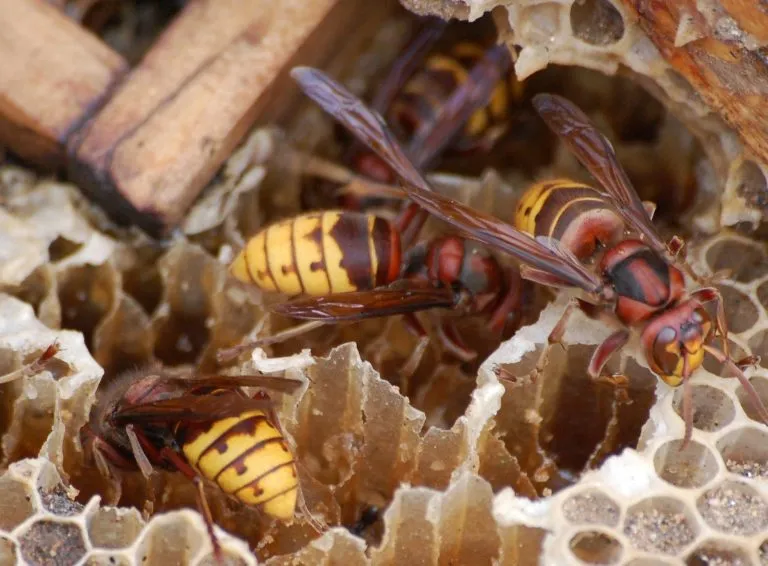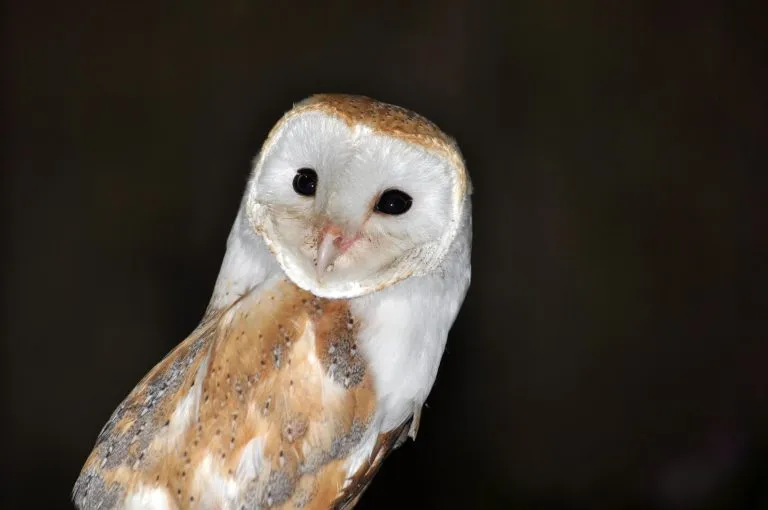In Batesian mimicry, a harmless species mimics a more dangerous species, which is an evolutionary "trick" to protect the imitator from possible predators. Researchers in [contemporary biology] on May 9( https://www.cell.com/current-biology/fulltext/S0960-9822 (22)00486-9?_ returnURL=https%3A%2F%2Flinkinghub. elsevier. Com% 2ffretrieve% 2fpii% 2fs0960982222004869% 3fshowall% 3dtrue) reported that they found the first case of acoustic Bates mimicry in mammals, which is also one of the few cases recorded in any species: rat eared bats imitate the buzzing of a bumblebee to prevent predatory owls from eating them**

Danilo Russo of Naples Second University in potic, Italy, said: "in the Bates mimicry, a species without defense organs imitates a species with defense organs to stop predators. Imagine a bat caught by a predator but not killed. The buzz may deceive the predator for a fraction of a second -- enough to fly away."
Russo was discovered during field research. He often caught bats during fog net operation. "When we deal with these bats, take them out of the net or deal with them, they always buzz like bumblebees," Russo said
They realized that the buzz was some kind of unusual distress signal. They think bats may make this sound for different reasons. Maybe it can warn other species or stop predators. Russo and the team put this idea aside and continued to work on other research issues. A few years later, they decided it was time to design a careful experiment to test their ideas about the buzz.

In their study, they first studied the similarity between the buzzing sound of bats and the sound of Hymenoptera insects. Next, they played back the sounds to captive owls to see how they would react.
Different owls react differently, possibly depending on their previous experience. However, their consistent response to the buzzing of insects and bats is to stay away from noisy animals. By contrast, the sound of potential prey brings them closer. The findings provide the first example of interspecific imitation between mammals and insects and are one of the few examples of acoustic imitation, the researchers said.
Interestingly, their analysis of sound showed that the similarity between bumblebees and bats was most obvious only after excluding acoustic parameters that owls could not hear. In other words, Russo explained that when these buzzing sounds were heard the way owls heard them, they were even more similar.
Do owls avoid this buzz because they have been stung before? Russo said the stinging insects probably did sting the owl, but they had no data to prove it. However, there is other evidence that birds avoid this potentially toxic insect. For example, when bumblebees enter nest boxes or tree holes, generally speaking, birds don't even explore them, and of course they don't nest there.

The researchers said that since the three research species share many of the same spaces, such as buildings, rock crevices or caves, they may have many opportunities to interact. Even so, they found this intricate relationship between distant species intriguing.
"It is somewhat surprising that owls represent evolutionary pressure to shape the sound behavior of bats in response to the unpleasant experience of owls and spiny insects," Russo said. "This is just one of countless examples of the beauty of evolution!"
Russo points out that many other vertebrate species also buzz when disturbed, and hundreds of bat species, some of which may use similar strategies. They hope to find these interesting dynamics in other interacting groups in future research.